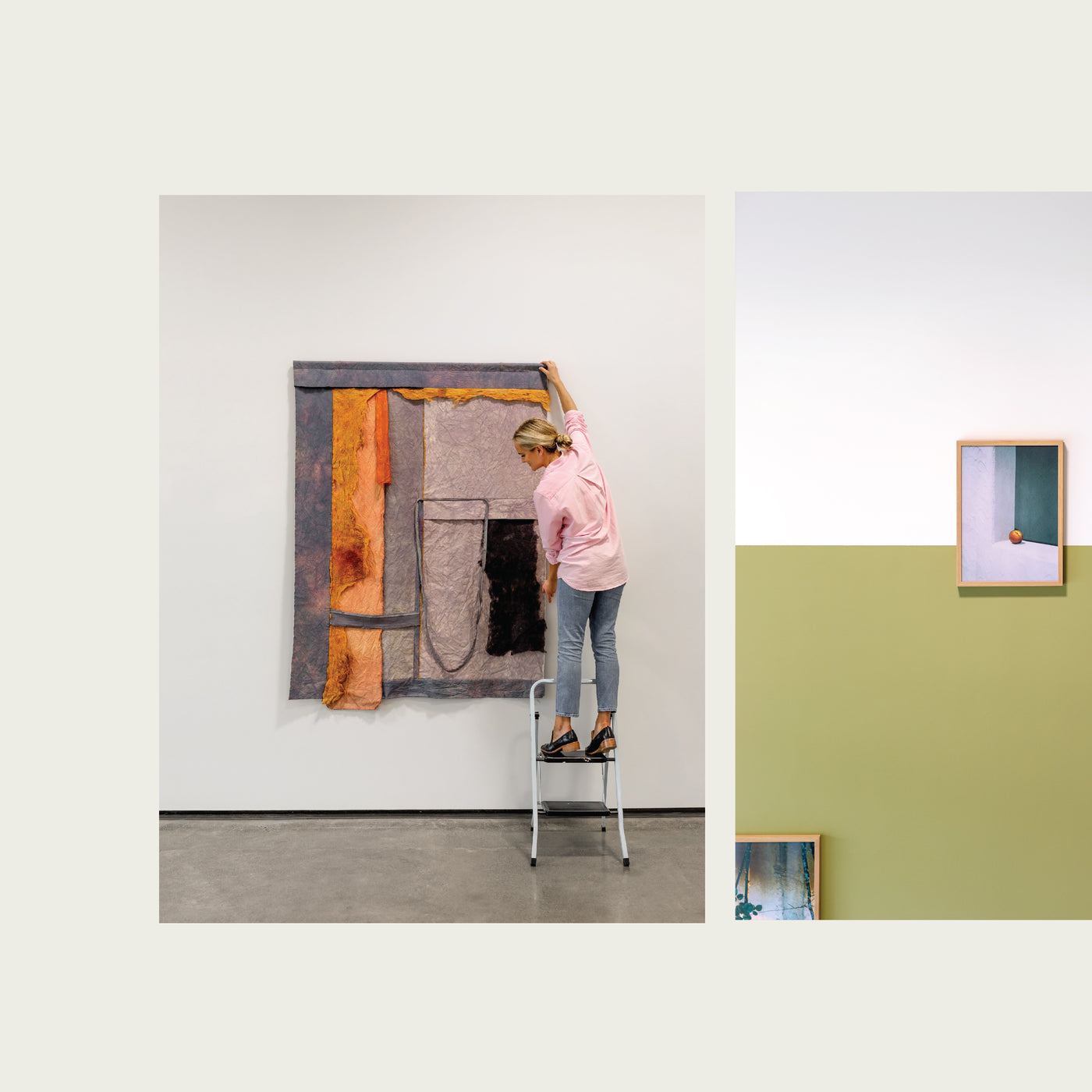Design Anthology: Space to Experiment
New Zealand’s DIY culture is legendary. In fact, the ability to create armed only with recycled materials and enthusiasm is a point of national pride, and it’s fair to say this ethos also extends to the country’s art scene. In recent years, independent galleries, art magazines and fairs have mushroomed in the country’s metropolises.
Established by collectives or artists who have taken a proactive approach to creating spaces for showcasing their work, New Zealand’s art scene has pushed beyond the confines of traditional venues and into smaller, more adaptable spaces. And in regional areas, independent art scenes are blossoming in their own right too.
For Hawke’s Bay native Sophie Wallace, opening independent gallery Parlour Projects in Hastings was a conscious decision to establish a space in an underserved area. While Hastings may be ‘off the beaten track in terms of contemporary art’, as Wallace says, since its founding in 2016, Parlour Projects has attracted big names, including celebrated painter Shane Cotton and iconic photographer Ans Westra.
While art has been a lifelong passion for Wallace, she initially pursued a career in law before realising that it wasn’t how she wanted to spend her days. A summer spent at a law firm almost resulted in her taking up a permanent position before she decided to move to New York after graduation, where she landed her big break interning and then working at Pace Gallery, which she describes as an incredible experience, though ‘at the other end of the spectrum’ from Parlour Projects.
Returning to New Zealand, Wallace had strong ideas about what she wanted in a gallery of her own: most importantly, a sense of accessibility for all and removal of the traditional barriers between art, visitors and the gallery as an institution.
Another priority is dispelling the stereotypes and myths that come with buying art, which Wallace does through the gallery’s collecting program, Cultivate. Each year the program takes on ten participants from anywhere in the world, who each pay a set amount over the course of a year and then every three months receive a new contemporary artwork by an emerging or established New Zealand artist. ‘We started with one group and decided to see if there was a demand for this sort of collecting. It turns out there was, since people wanted to collect art but didn’t know where to begin,’ says Wallace. ‘Those who take part in Cultivate are generally new to collecting, and that’s why they’re keen to participate — to learn more about the contemporary art scene and take a piece of that home.’
Despite being a newer, regional gallery, Parlour Projects punches well above its weight, in part due to the accessibility of New Zealand artists. Wallace’s relationships with many of the artists who have exhibited at Parlour Projects began with her reaching out and visiting their studios or meeting for coffee. She says that artists have been ‘incredibly receptive to the idea of presenting work in a new gallery and context’, noting that she encourages experimentation in each show. ‘Perhaps the space has a more experimental feel than a traditional city gallery, and I think that’s exciting for artists,’ she says.



